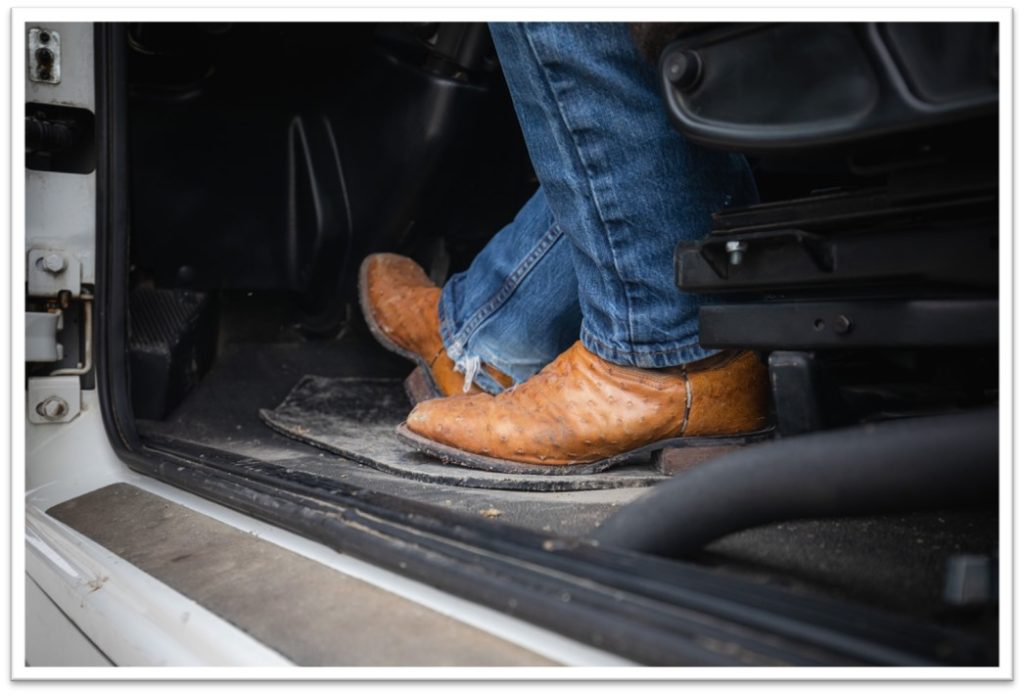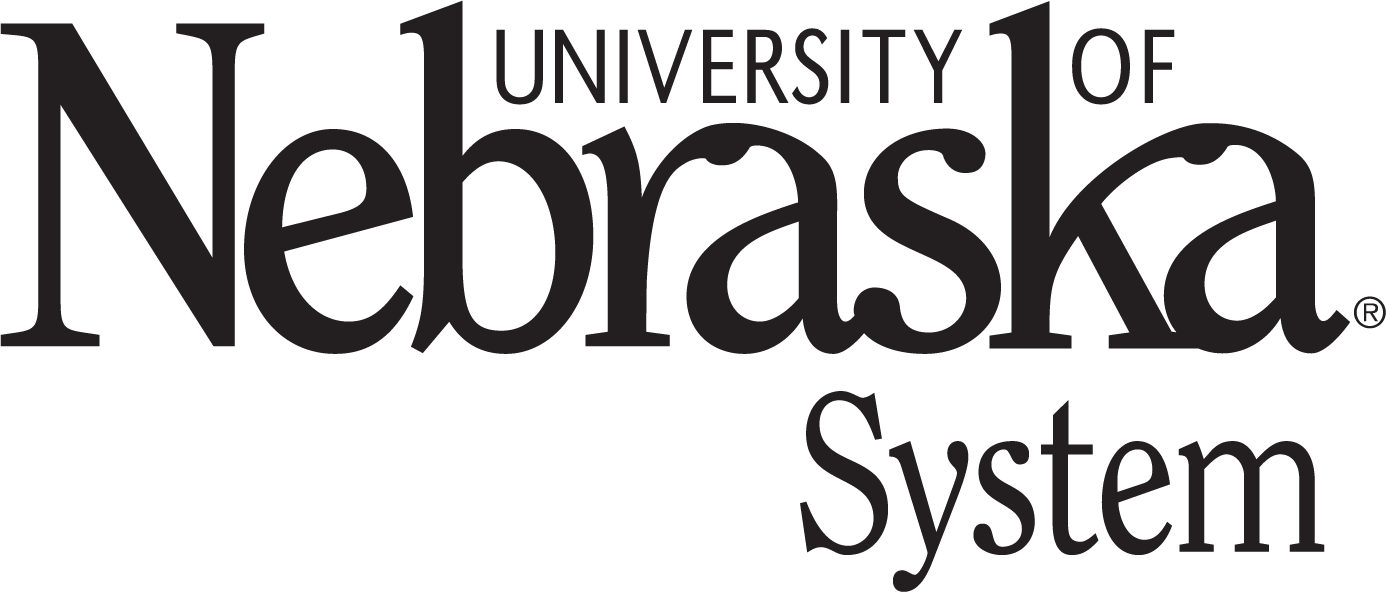1.7 Conclusion
Every Worker Deserves to Make it Home Safe.
Every Day.

This lesson described a comprehensive guide to ensuring safety in feedmills, with a focus on preventing grain dust explosions, injuries from grain engulfment, and other hazards associated with grain handling. You learned key safety protocols, including maintaining good housekeeping practices, implementing lockout/tagout procedures, and developing an emergency action plan. It emphasizes the importance of training employees, regular inspections, and using appropriate safety equipment.
Key Takeaways
- Prevention of Grain Dust Explosions:
- Understand the causes and preventive measures, including good housekeeping and maintenance practices.
- Implement work permits and procedures to manage risks effectively.
- Housekeeping and Maintenance:
- Develop a written housekeeping plan to manage fugitive dust and maintain a log of cleaning activities.
- Regularly inspect and maintain equipment to prevent ignition sources and ensure safety.
- Lockout/Tagout Procedures:
- Follow detailed steps for safely shutting down and isolating equipment during maintenance.
- Ensure all energy sources are controlled and verified before beginning work.
- Emergency Action Plan:
- Establish a written plan that includes reporting procedures, evacuation routes, and designated personnel for critical operations.
- Conduct regular training for employees on emergency procedures.
- Grain Engulfment Safety:
- Adhere to entry requirements for grain storage structures and provide thorough training for employees and contractors.
- Use full body harnesses and lifelines to prevent injuries during grain handling.
Resources:
- OSHA Combustible Dust in Industry: Preventing and Mitigating the Effects of Fire and Explosions
- OSHA Control of Hazardous Energy
- LOTO Toolbox Talk
- Permits and Checklists
Videos:
A dangerous situation where a person becomes submerged in grain, often leading to suffocation. Safety protocols are essential to prevent grain engulfment incidents.
Safety procedures used to ensure that machinery is properly shut off and cannot be started up again before maintenance or repair work is completed. This prevents accidental startup and injuries.
